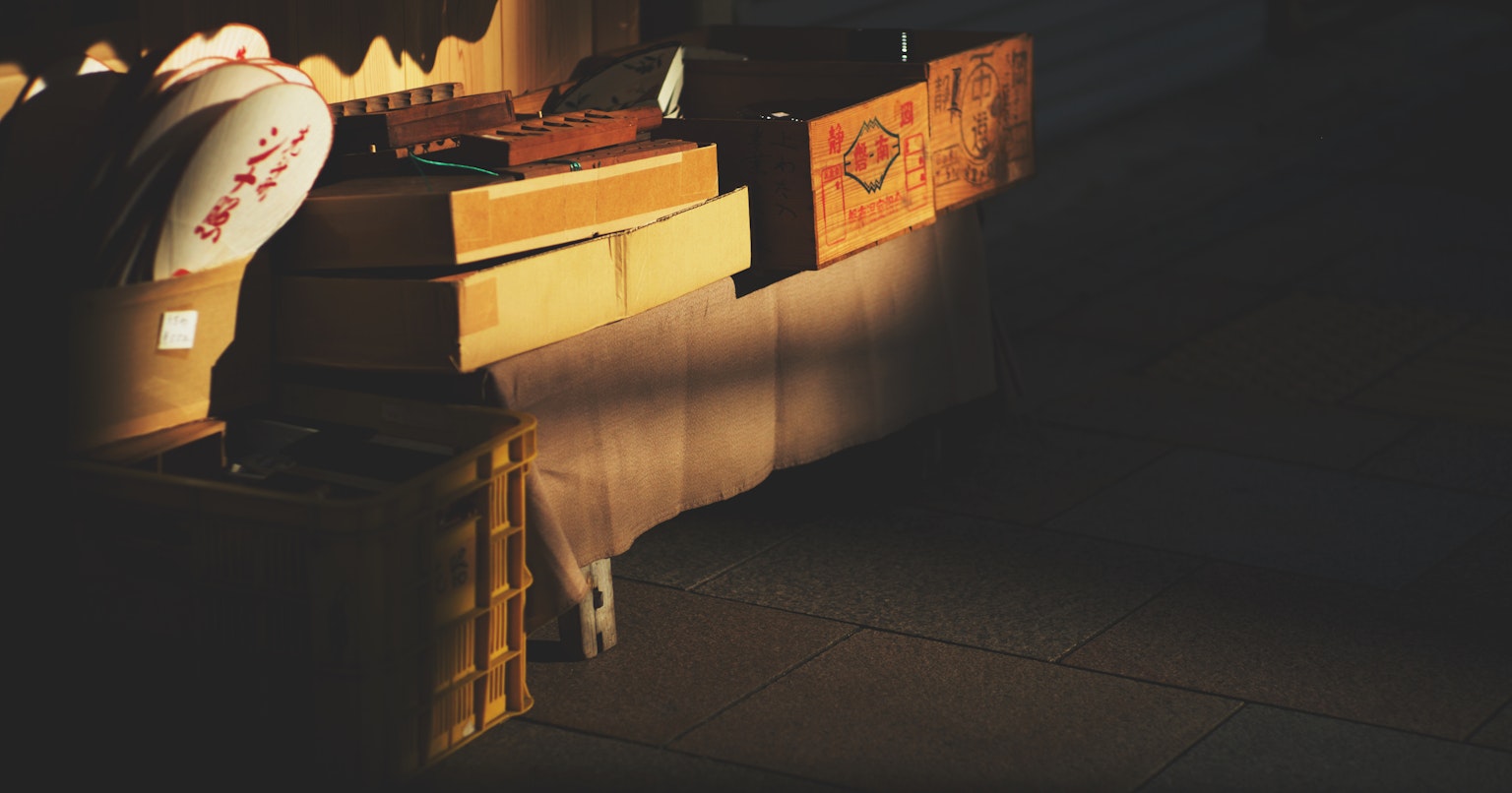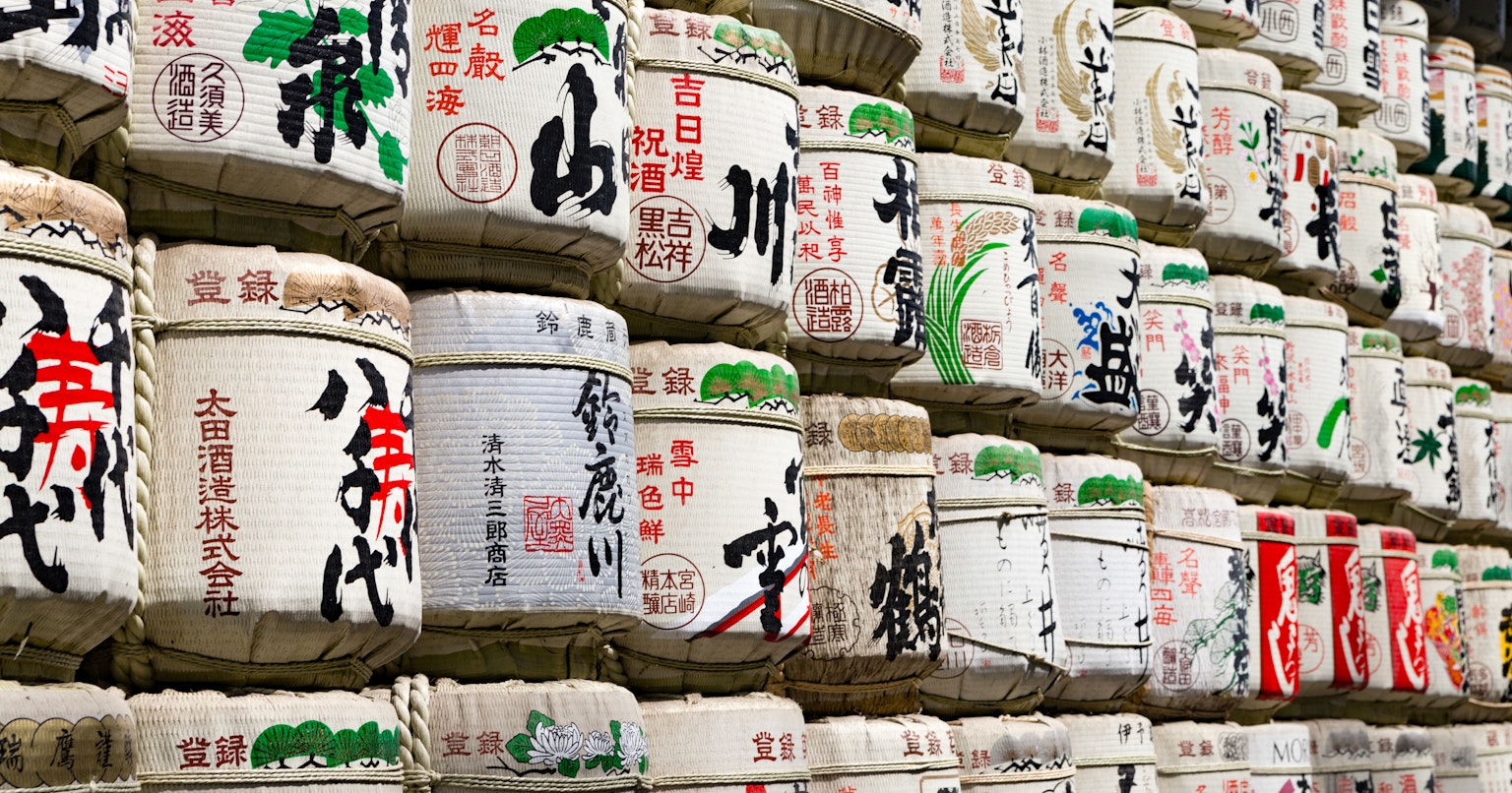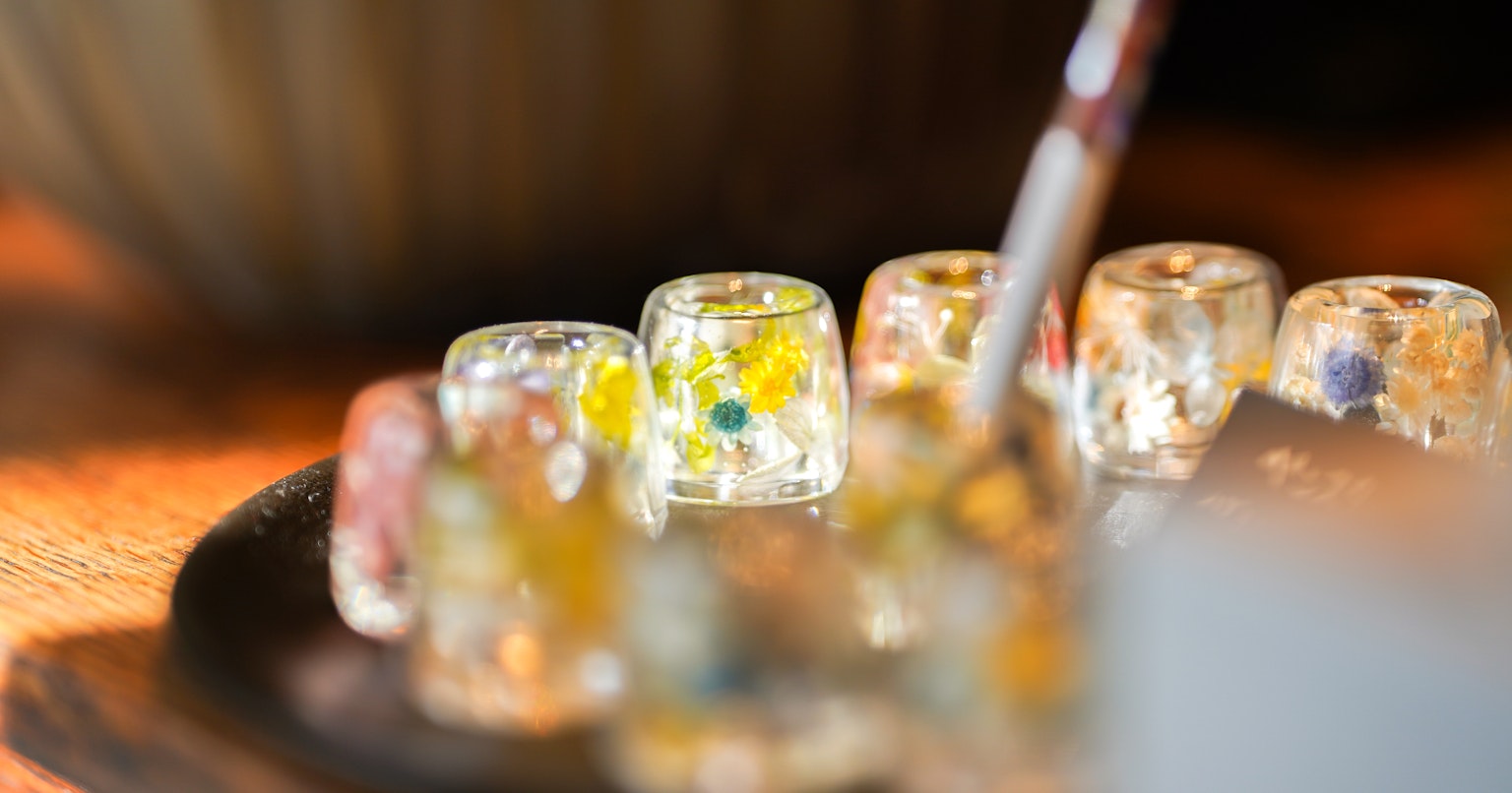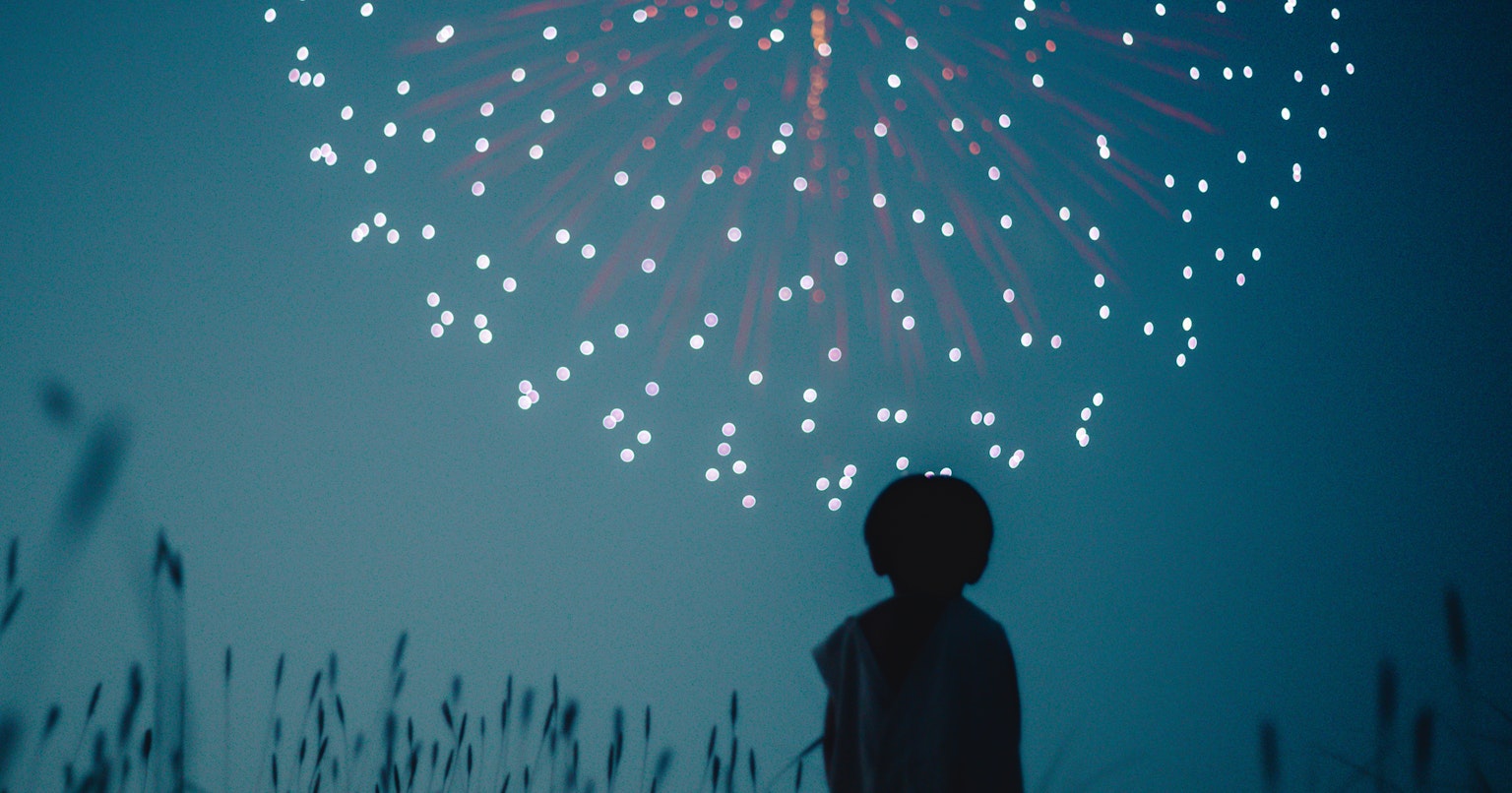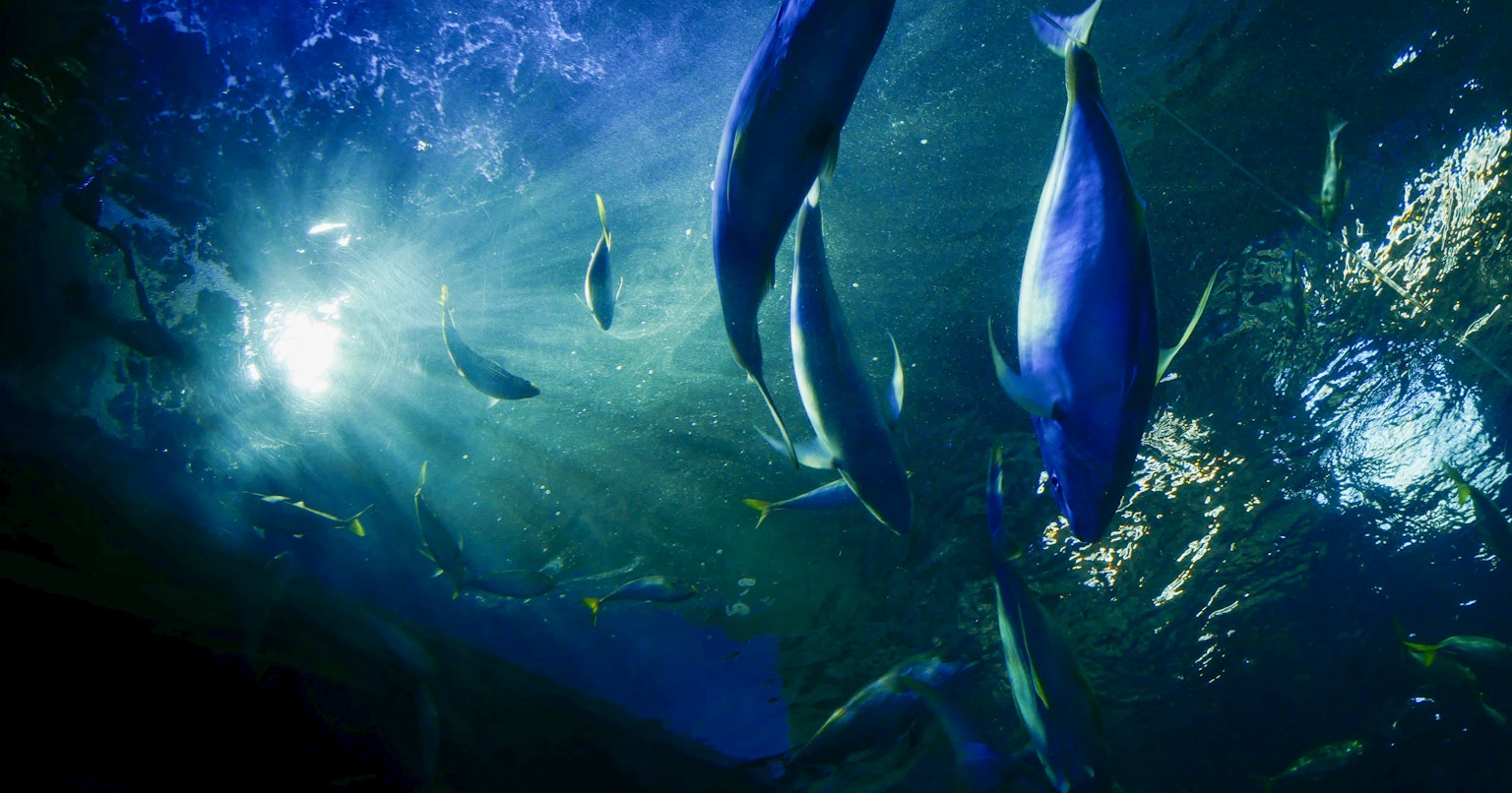
Cover photo by ⋆* 粋 -sui- ⋆*
Aquariums are excellent spots for photographing beautiful landscapes and diverse creatures. However, shooting in a dimly lit aquarium requires techniques and tips.
This time, we introduce aquarium photography tips, camera settings, and composition tricks that can be enjoyed by both beginners and advanced photographers. Why not capture the enchanting scenery inside the aquarium as your artwork?
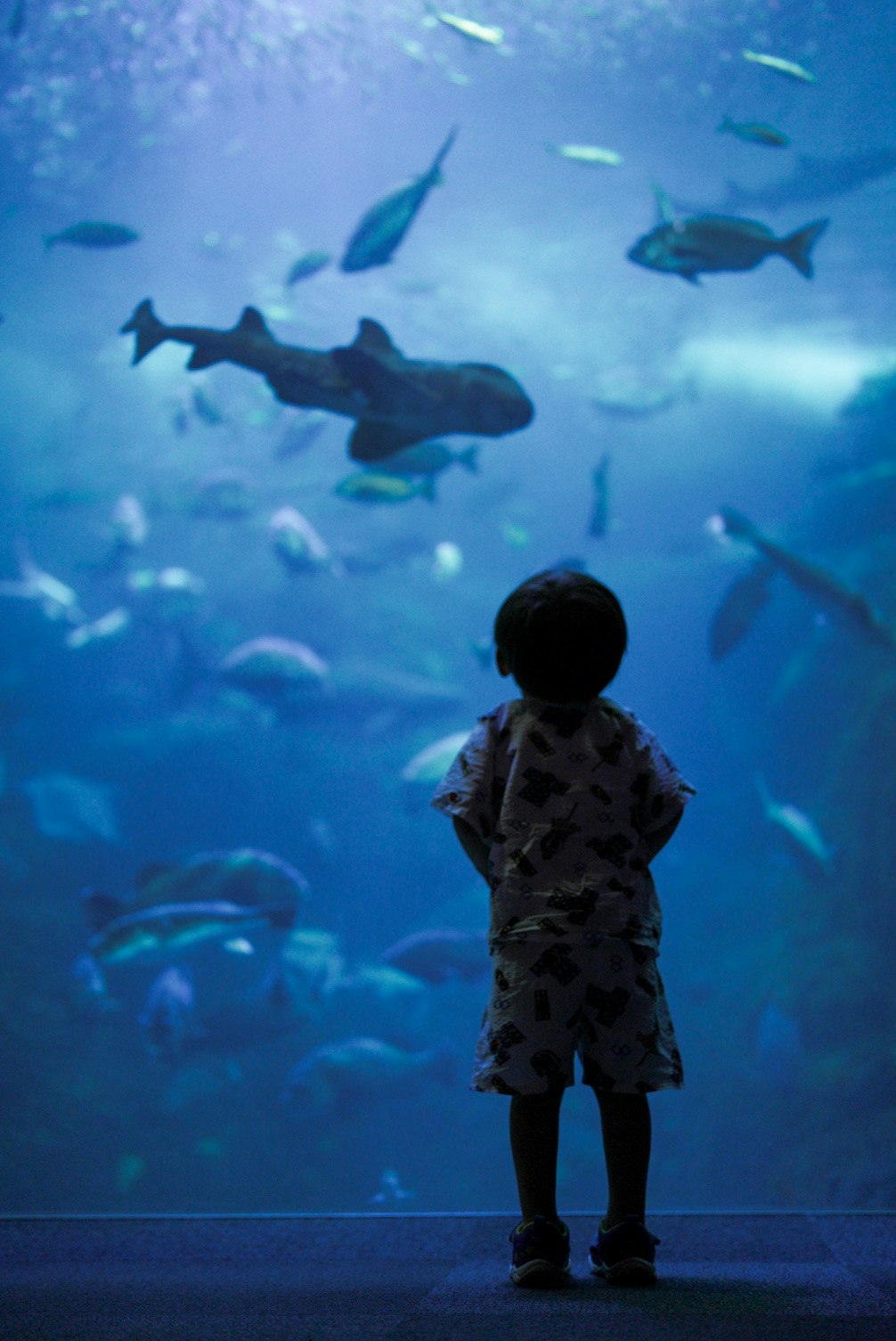
Photography Techniques to Harness Light and Reduce Glare
The most important thing to watch out for in an aquarium is the reflection on the glass surface. By pressing the camera against the glass of the tank, you can reduce reflections and take clear photos. Using a PL filter can also suppress reflections, resulting in a clearer finish.
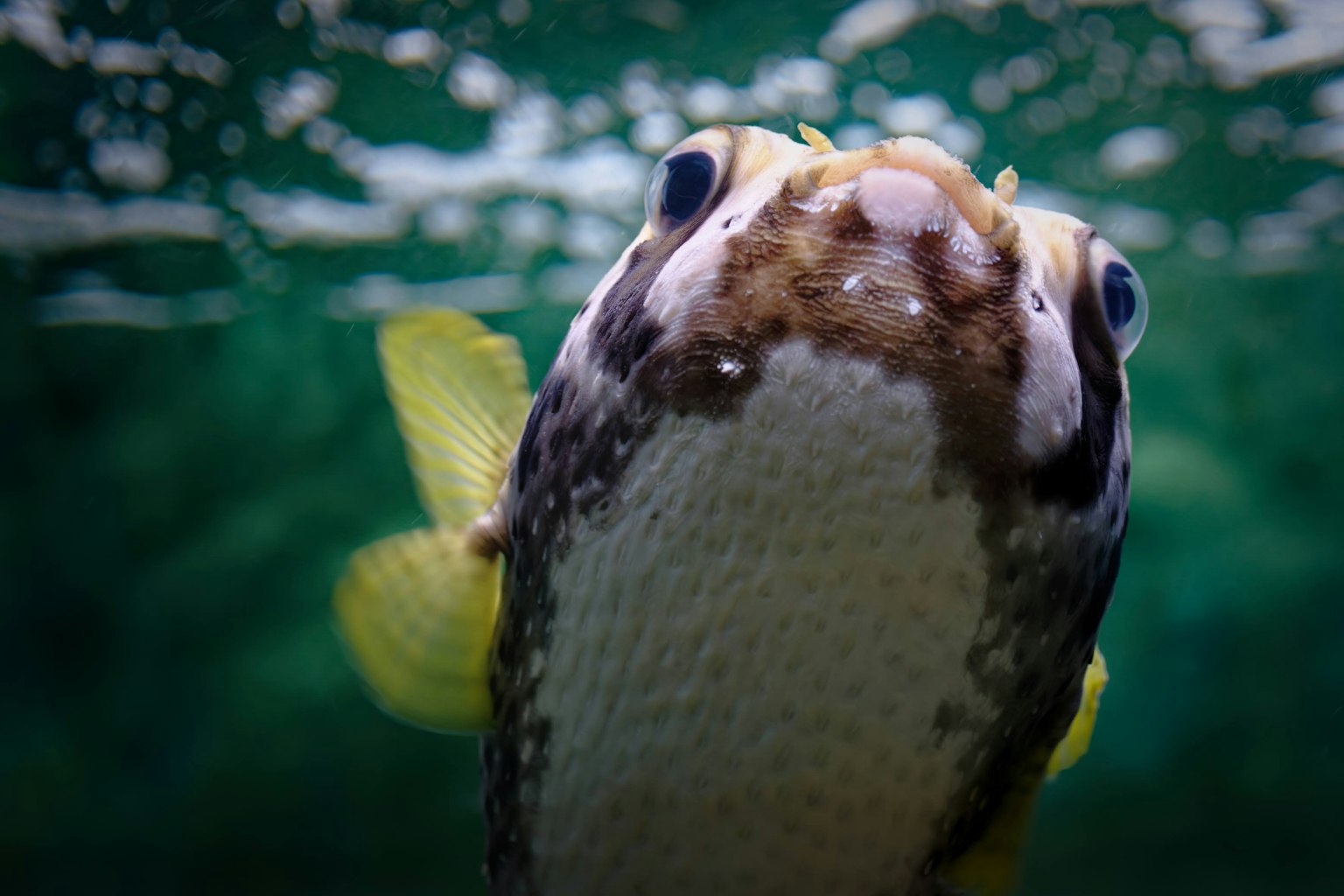
If the interior is dark, set the ISO sensitivity between 800 and 3200 and use a bright lens with a small aperture value to capture more light, making it easier to increase the shutter speed.
Composition and Waiting Techniques for Capturing Creatures
The creatures in aquariums do not move as you wish. Therefore, the recommended method is to 'wait without chasing the animals.' Decide on the composition first and wait for the shutter chance, focusing on the rule of thirds or the center composition.
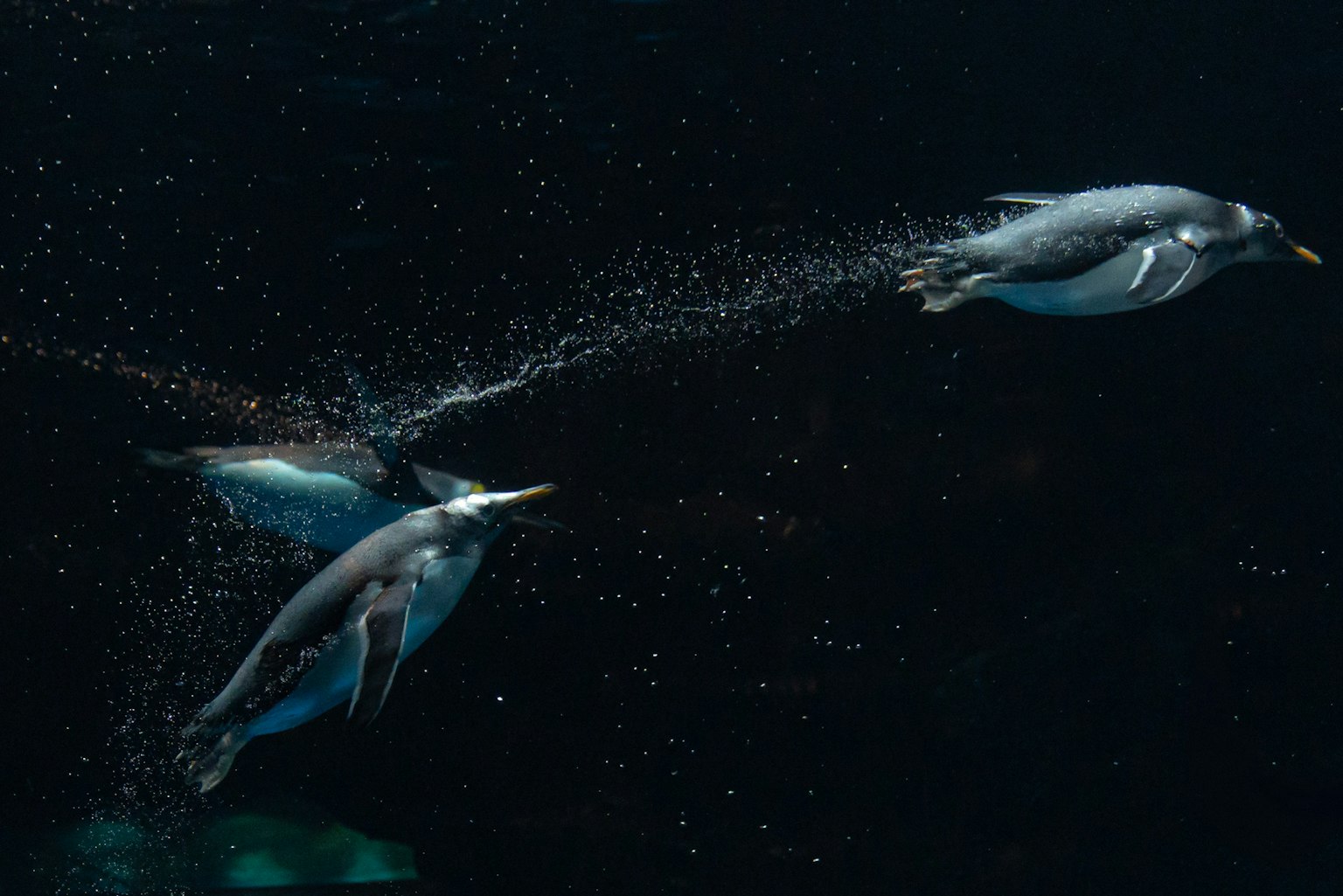
For moving creatures, try 'panning shots.' This creates a sense of motion and results in a dynamic image.
Camera Settings to Enhance Photo Quality
Manual settings are key in aquariums. Setting the white balance to 'incandescent' can recreate the beautiful bluish underwater atmosphere. For fast-moving dolphins, a shutter speed of around 1/200 seconds is recommended.
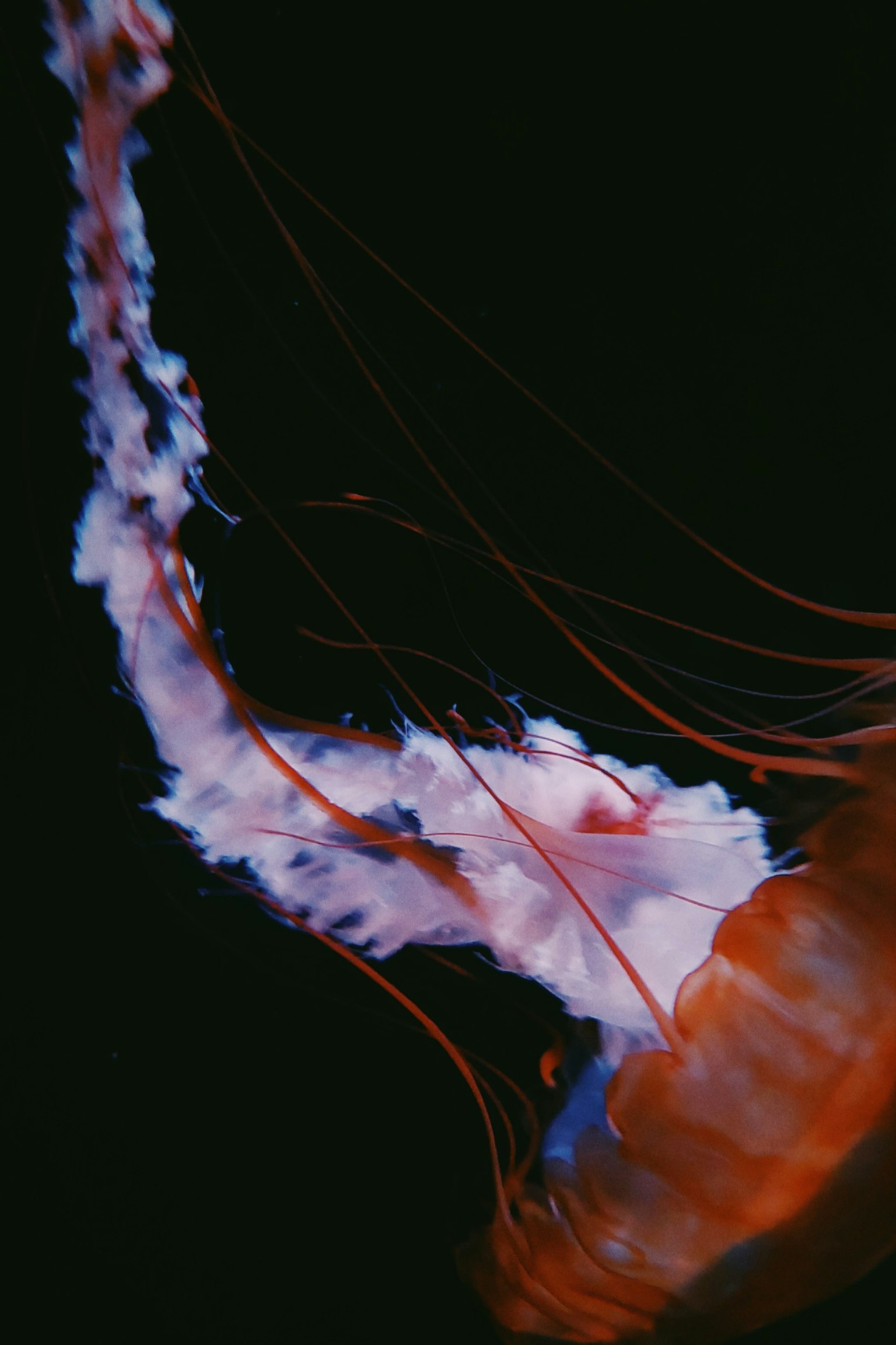
For quiet subjects like jellyfish, try backlighting at a slow speed of about 1/30 seconds to emphasize transparency, resulting in an impressive photo.
